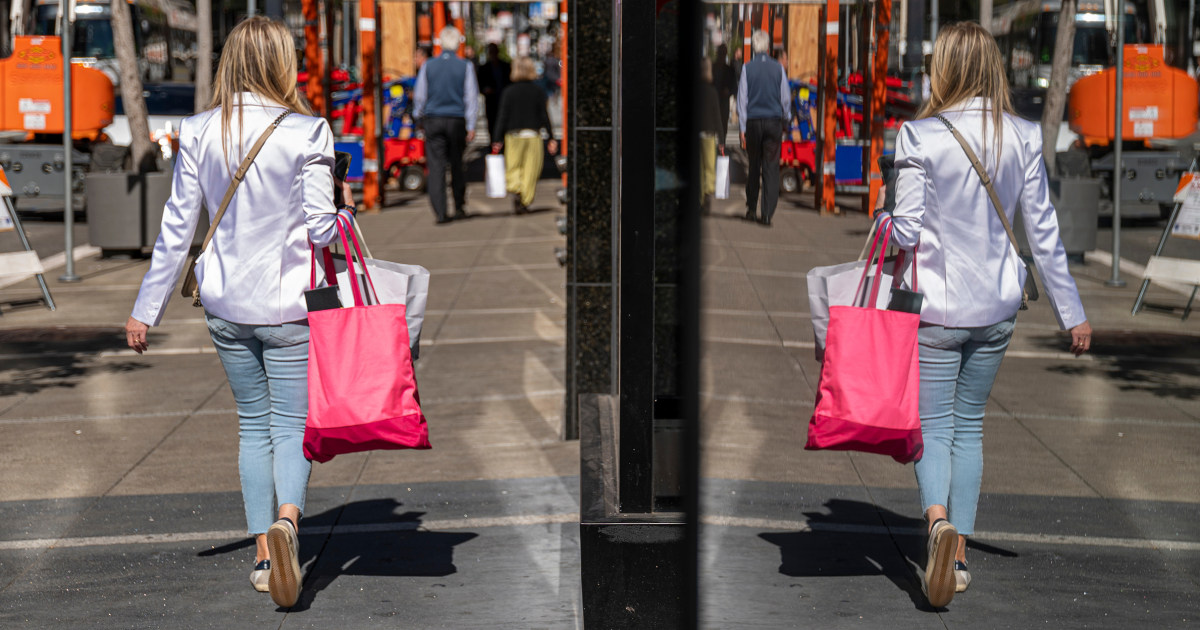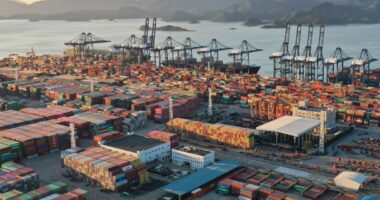
The Federal Reserve on Wednesday raised interest rates for the 10th consecutive meeting, but signaled those hikes might be done — thanks in part to jitters in the banking system.
Federal Reserve Chairman Jerome Powell said that a pullback in bank lending will have the effect of slowing an economy that the central bank was already trying to cool, as part of a broader effort to slow high inflation.
The central bank expects banks to be more conservative in lending to households and businesses after the failures of three of the nation’s 30 largest banks (Silicon Valley Bank, Signature Bank, and First Republic Bank) in just the last two months.
“In principle, we won’t have to raise rates quite as high as we would have had this not happened,” Powell told reporters Wednesday after raising interest rates by 0.25%, to a target range between 5.00% and 5.25%.
Powell added that the Fed “may not be far off, or possibility even at” the level where it may not have to raise rates further.
First Republic Bank, which fell into the hands of the government and JPMorgan Chase early Monday morning, underscored the ongoing concerns in the banking industry over more firm failures.
On Wednesday afternoon, Bloomberg reported that Los Angeles-based PacWest Bancorp is weighing “strategic options,” including a sale.
What this means for consumers and businesses
Powell said there is no quantifiable measure of the impact of the banking sector concerns. But Wall Street firms say a substantial pullback in bank lending could be equivalent to another few rate hikes.
Deutsche Bank Research noted prior to Wednesday that a sizable contraction in commercial and industrial bank lending could be the same as a 0.50% or 0.75% increase in the Fed’s target rate.
Since March 2022, the Fed has been raising interest rates to tame high inflation. Those actions led to substantial spikes in mortgage rates, auto loan rates, and small business loan rates as part of a broader Fed effort to slow lending and, by extension, spending.
The process has yielded some success; the yearly pace of inflation peaked at 9% in June 2022, but clocked in at 5% in March of this year. But the Fed, with a 2% inflation target, says it needs to keep rates at least elevated to finish the job.
Although helpful to the Fed’s mission on lowering inflation, the tremors in the banking system add the risk of financial instability to an already uncertain economic outlook.
“Credit conditions risks will naturally raise questions about recession,” Deutsche Bank wrote April 28.
For his part, Powell said the U.S. banking sector looks “sound and resilient.” Asked about the odds of a recession, Powell said he was optimistic.
“The case of avoiding a recession is in my view more likely than that of having a recession,” Powell told reporters Wednesday.
Source: | This article originally belongs to Nbcnews.com










